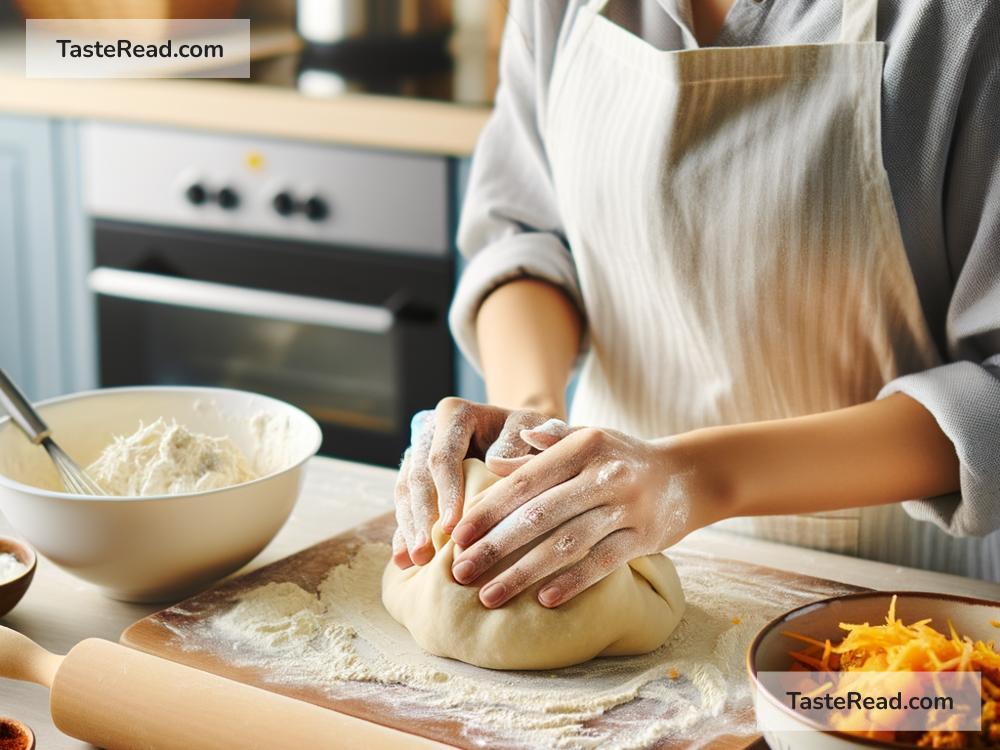How to Make Traditional Indian Samosas: A Simple Guide
If there’s one thing that’s universally accepted as a beloved snack, it’s the samosa. Originating from the Indian subcontinent, this triangular snack has won hearts all over the world. Filled with a spicy mixture of potatoes and peas, encased in a crispy, golden shell, samosas are a perfect snack for any occasion. Whether you’re new to Indian cuisine or a seasoned food lover, making samosas at home is simpler than you might think. Let’s dive into the art of making traditional Indian samosas.
Ingredients You’ll Need
For the Dough:
– 2 cups of all-purpose flour (Maida)
– 4 tablespoons of oil or ghee (clarified butter)
– ½ teaspoon of salt
– Water (as needed)
For the Filling:
– 2 large potatoes (boiled, peeled, and roughly mashed)
– ½ cup of peas (fresh or frozen)
– 1 tablespoon of oil
– 1 teaspoon of cumin seeds
– 1-2 green chilies (finely chopped)
– ½ teaspoon of garam masala
– ½ teaspoon of amchur (dry mango powder) or chaat masala
– Salt to taste
– Fresh coriander leaves (chopped)
Steps to Make Samosas
1. Prepare the Dough
- In a large bowl, mix the flour and salt. Add the oil or ghee and rub it into the flour with your fingertips until the mixture resembles coarse breadcrumbs. This process ensures your samosas are flaky.
- Gradually add water and knead into a firm dough. Cover it with a damp cloth and let it rest for about 30 minutes.
2. Prepare the Filling
- Heat oil in a pan and add the cumin seeds. Once they start to splutter, add the green chilies and sauté for a minute.
- Add the peas, and cook for 2-3 minutes (if you’re using frozen peas, thaw them first).
- Mix in the boiled, mashed potatoes. Add garam masala, amchur (or chaat masala), and salt. Cook for 2-3 minutes, stirring well.
- Turn off the heat and mix in the chopped coriander leaves. Let the filling cool down.
3. Shape the Samosas
- Divide the dough into equal-sized balls. Roll each ball into a circle of about 6 inches in diameter.
- Cut it in half with a knife. Take one half, wet the straight edge with a little water, and form a cone by bringing the straight edges together. Seal the edge.
- Fill the cone with the potato-pea mixture, leaving some space at the top. Wet the open edge and press it together to seal the samosa.
- Repeat the process until all the dough and filling are used up.
4. Fry the Samosas
- Heat oil in a deep frying pan over a medium flame. To test if the oil is hot enough, drop a small piece of dough into it. If it sizzles and rises to the surface, your oil is ready.
- Gently slide in a few samosas at a time, being careful not to overcrowd the pan. Fry them until they turn golden brown and crispy, turning occasionally.
- Remove the samosas with a slotted spoon and drain them on paper towels to remove excess oil.
Serving Suggestions
Samosas are best enjoyed hot, paired with tangy tamarind chutney or refreshing mint-coriander chutney. They can also be served with a cup of hot Indian tea, making them a perfect snack for a rainy day or a cozy evening.
Tips for Perfect Samosas
- Don’t roll the dough too thin; it should be sturdy enough to hold the filling.
- Ensure your filling is cool before stuffing to prevent the dough from becoming soggy.
- Fry the samosas on medium heat to achieve a crispy exterior without burning them.
Making samosas at home might seem like a lot of steps, but the process is quite simple once you get the hang of it. Plus, homemade samosas have a charm and flavor that store-bought ones can rarely match. It’s a fun activity to do with family or friends, turning cooking into a bonding experience.
So, there you have it — a simple guide to making traditional Indian samosas at home. Whether you’re cooking for a festive occasion or just satisfying a craving, homemade samosas are sure to impress. Gather your ingredients and dive into the delightful world of Indian cooking. Happy frying!


